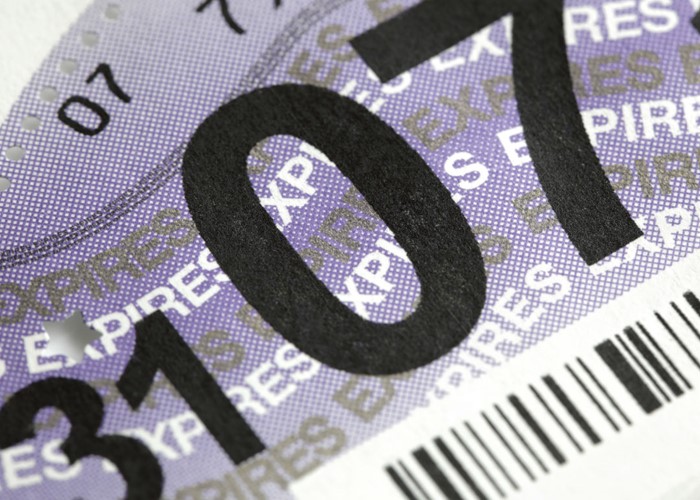Car tax changes - what does it mean for you?

Changes to vehicle tax come into effect on 1st October.
Next week, paper tax discs fitted to windscreens across the country will start to disappear. They are officially obsolete as of 1st October.
If you want to keep it for old time’s sake, there’s no penalty for displaying your outdated disc, but the DVLA will not be issuing any more.
Could you save money on your car insurance?
Renewing your car tax
The bad news is you still need to pay Vehicle Excise Duty (commonly referred to as ‘car tax’). But the DVLA’s electronic database means that vehicles can be identified and checked easily without any need for an inspection of the physical disc in the windscreen.
You can renew your car tax online, over the phone or at Post Office branches that offer vehicle tax services.
A direct debit service for tax will be available from 1st November, but if you have already paid tax to cover that date and beyond, you will have to wait until your current tax expires - or until you change vehicles - before you can start paying by direct debit.
What if I sell my car?
If you sell your vehicle from 1st October you need to notify the DVLA, who will then issue a refund for any whole remaining months left on your tax.
If you’re buying a vehicle, be prepared to arrange to cover all tax payments yourself. Under the new rules, it's important to ensure that you’ve paid up before driving your new vehicle away from the place of purchase, as vehicle tax is becoming entirely non-transferrable.
£80 fines are issued to anyone who is caught driving without tax and automatic number plate recognition cameras are used to enforce this. If you pay within 28 days, that fine is halved to £40, but if you don’t, further action can be taken – which can result in a penalty of up to £1,000.
You can find out what information the DVLA holds on a vehicle, including taxation details, using its online search facility.
Could you save money on your car insurance?
Problems with the new system
A recent survey of more than 2,000 drivers from the RAC showed that 36% of the participants were unaware of the upcoming changes. The RAC claims the new ‘invisible’ taxation could create a problem as there is no way of telling if a car is taxed just by looking at it.
It says that if a similar number of motorists fail to pay their car tax, the Treasury could lose a further £132 million, which is 13 times the £10 million savings that the DVLA says the new system will create. The Department for Transport estimated that 0.6% of traffic in 2013 was untaxed, costing £35 million in lost revenue.
Will the changes save time and make vehicle taxation simpler? Let us know your opinions in the comments below.
More on motoring and travel
'Thousands' lying to secure cheaper car insurance
Rail fare increases capped at 2.5%
Comments
Do you want to comment on this article? You need to be signed in for this feature